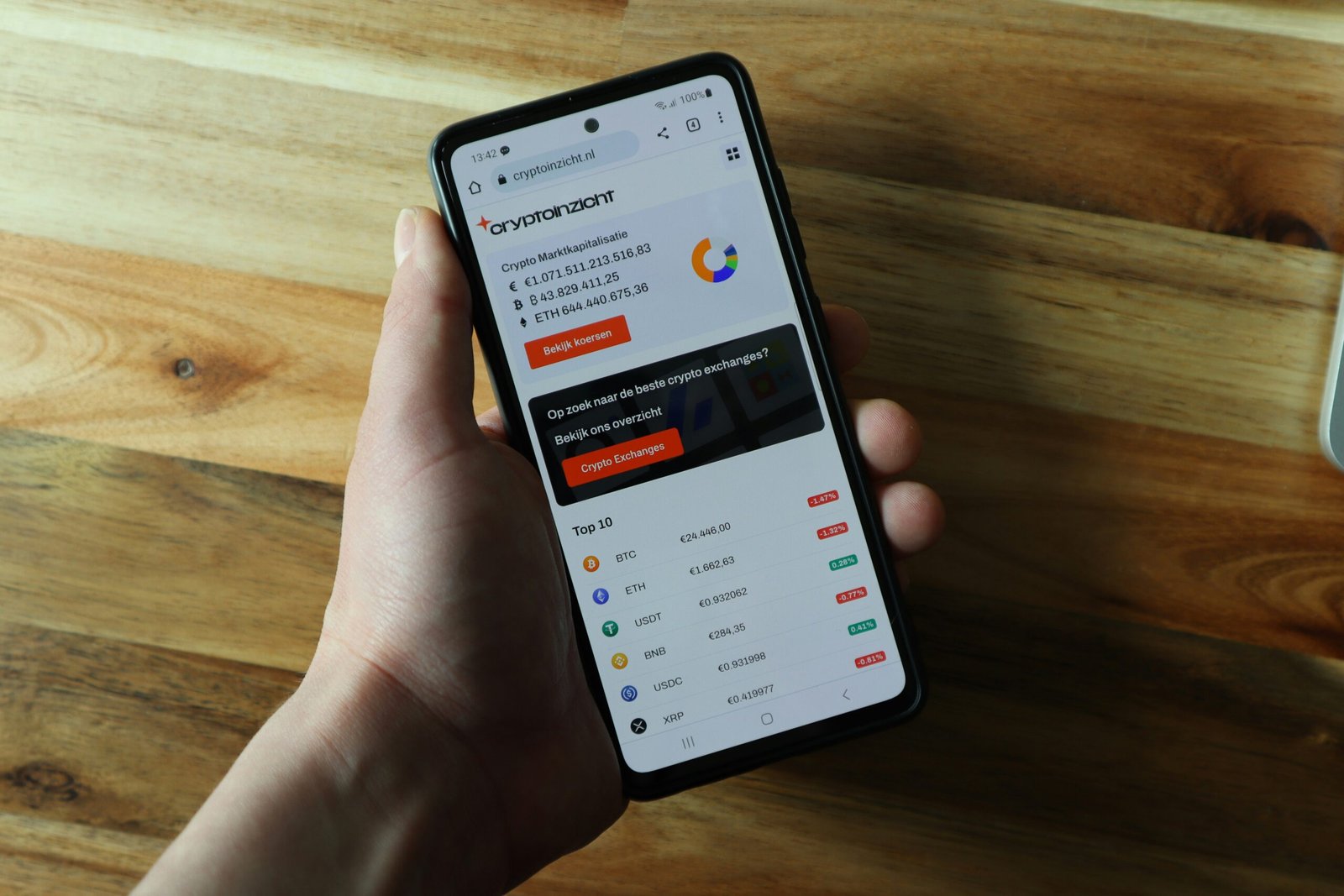Cryptocurrency prices swing sharply and often, so a steady plan that limits shocks and protects capital keeps long‑term goals intact without constant guesswork. A resilient approach spreads exposure, fixes clear rules, and follows simple schedules that work through fast rallies and deep drops, holding decision-making calm. Careful sizing, liquid reserves, and routine reviews guide balanced action and stop panic trades. These strategies reduce damage, smooth outcomes, and keep targets realistic during wild moves and uncertainty.
1. Diversify Across Assets
A robust crypto allocation balances exposure among major networks, smaller developing initiatives, and income or cash instruments to survive a sudden drop. A broader balance that also includes traditional assets like government bonds, high‑grade company debt, or cash reduces total swings, since these parts often move differently from tokens during stress. This mix lowers the chance that a single failure, hack, or policy shift erases months of progress. Spreading positions across blockchains, sectors, and custody methods adds another layer of protection, because technical faults or network delays then affect only a slice of the holdings. Portfolio tracking tools record weights, prices, and fees, allowing quick checks when any slice grows too large. Regular measurement of concentration keeps exposure aligned with risk tolerance and timelines, preventing sudden, outsized losses.
2. Control Position Size and Hold Stable Buffers
Strict position sizing caps the loss any single coin can produce, since no trade can sink the full account when a preset percentage limit governs every entry. Fixed maximums for risky coins, moderate limits for midrange tokens, and tighter caps for microcaps anchor discipline and shrink fear during fast sell‑offs. These caps work best when written in advance and reviewed on a schedule, not during stress. Stablecoins and short‑term cash reserves absorb shocks by covering expenses, margin calls, or fresh buys during crashes without forced sales of core holdings. Keeping this reserve separate from long‑term wallets protects it from impulsive trades, while clear refill rules rebuild it after use. A steady buffer also reduces the urge to overleverage, since liquid support already stands ready for sudden needs.
3. Automate and Rebalance Contributions
Automated, fixed-amount purchases at regular intervals mitigate price volatility on average prices. This routine also removes the urge to time the exact bottom or top, which rarely succeeds and usually adds stress. Scheduled purchase maintains a stable rhythm that endures headlines by respecting cash flow and advancing objectives. Rebalancing winners and laggards to target weights locks gains and restores risk without emotive discussions. Quarterly or semiannual trading schedules save money and reduce focus. Even when prices run rapidly, documented criteria, such as a percentage zone around objectives, activate action automatically, maintaining discipline. Regular allocation change records aid long-term decision-making. This procedure can be simplified and balanced using automated tools, such as a DCA crypto bot, ensuring consistent purchases and smoother long-term cost averaging.
4. Safe Platforms, Smooth Transactions
In fast-changing markets, use reliable platforms with huge order books, clear pricing, and robust security to reduce operational and slippage risks. Cold storage, hardware keys, multisignature wallets, and specified recovery processes safeguard long-term assets against theft and platform failures. However, powerful wallets accomplish daily chores. Separating long-term custody and trading balances prevents quick judgments that might harm core money. Emergency liquidity lines, such as insured bank accounts or short‑term treasuries, supply instant cash without forced crypto sales during crashes. Written withdrawal routes, tested periodically, ensure funds move fast if a provider freezes access. Regular audits of permissions, device hygiene, and backup phrases keep control tight and prevent slow, unnoticed leaks that only surface during high stress.
5. Set Exit Rules and Review the Plan
Predetermined exit zones for profit taking and loss cutting prevent hesitation when candles turn violent, because the plan already states where to act. Clear tiers for partial profit locking protect gains while leaving room for further upside, and strict maximum loss points stop small mistakes from growing into portfolio‑wide damage. These rules work best when placed in writing and executed with alerts or limit orders. Scheduled reviews check fees, tax impact, platform risk, and changing personal goals, then adjust sizes, targets, or asset choices with calm logic. Market cycles shift quickly, so allocations that once fit may now invite excess risk or stall growth. A short, structured checklist keeps corrections simple, ensures nothing important gets missed, and preserves resilience through fresh volatility.
Conclusion
Mitigating cryptocurrency market volatility requires broad diversification, strict position sizing with stable buffers, automated buying with disciplined rebalancing, strong liquidity and custody controls, and firm exit rules backed by regular reviews. These linked steps lower emotional decisions, protect core capital, and keep portfolios aligned with clear goals despite fast price swings. Simple structures, written limits, and reliable tools guide consistent action, reduce stress, and support steady progress through every phase of the market cycle. Calm methods, applied patiently, make turbulence manageable.
READ ALSO: Beyond the Hype: How icryptoai.com Innovation Rewrites the Crypto Trading Playbook











